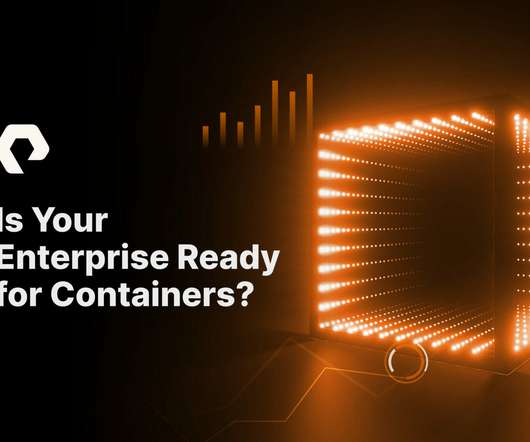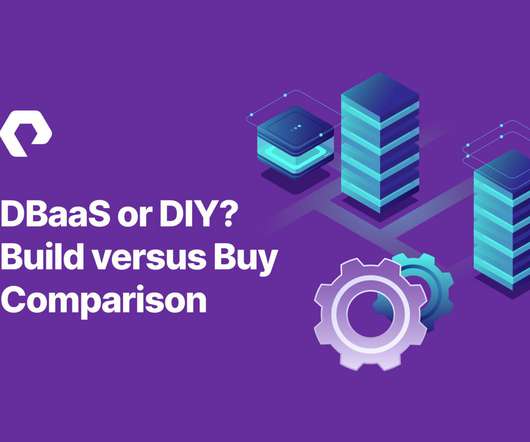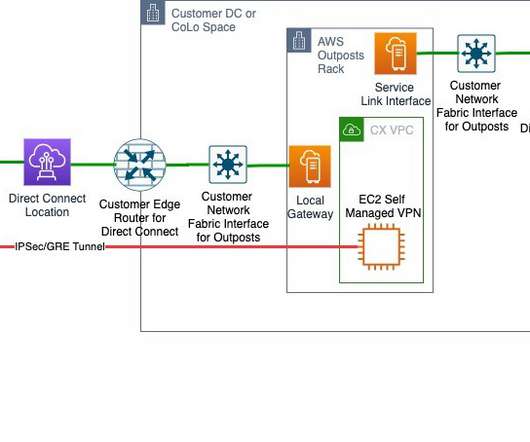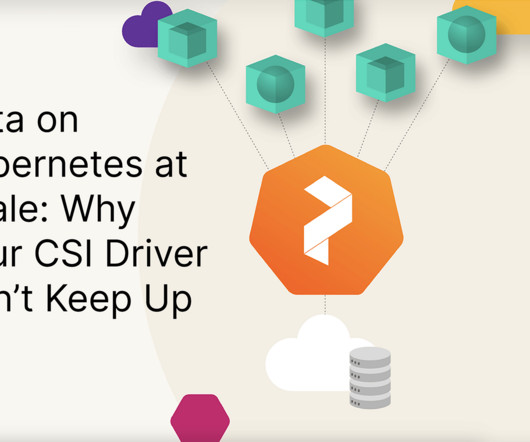Is Your Enterprise Ready for a Container Strategy?
Pure Storage
JUNE 2, 2022
However, enterprise IT does not typically move at the same speed, which presents both technical and cultural challenges to the adoption and effective use of cloud-native technology and methodology.” – The Rising Wave of Stateful Container Applications in the Enterprise. “The Kubernetes community and software are moving fast.















Let's personalize your content